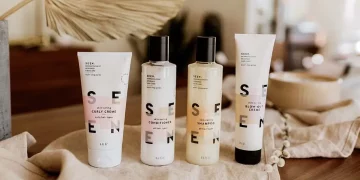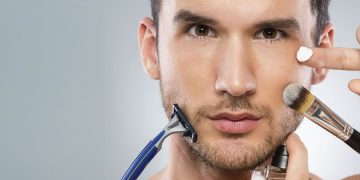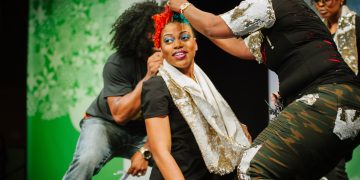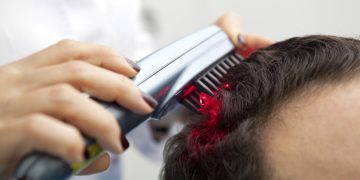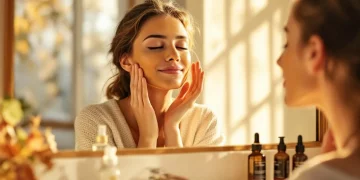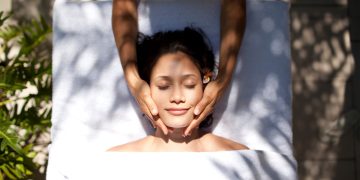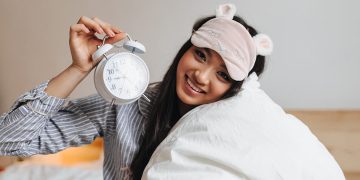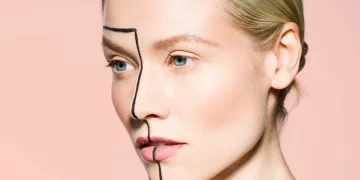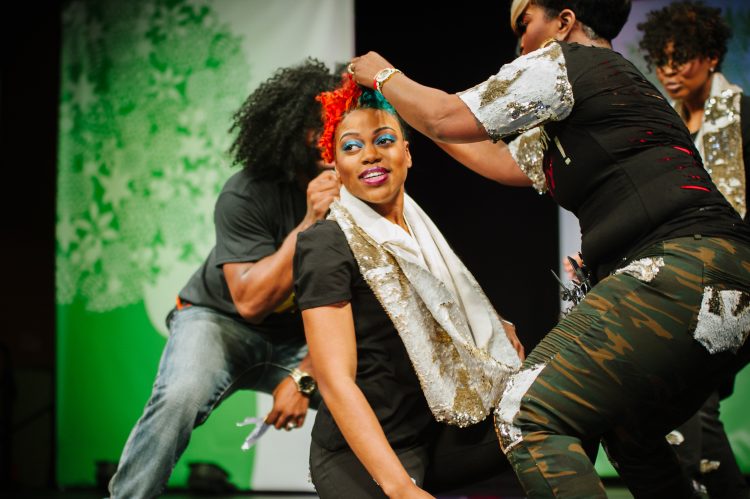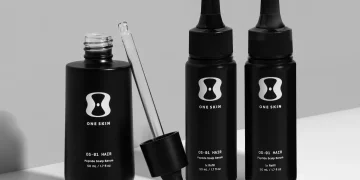For generations, curly, coily, and kinky textures were misunderstood, mishandled, or pressured into conforming to straight-hair norms. But today, textured hair is experiencing a long-overdue renaissance—a revolution defined by science-backed care, cultural pride, and a deep appreciation for the rich diversity of curl patterns. From moisture layering to protective styling, from globally celebrated natural-hair influencers to the resurgence of ancestral grooming traditions, this revolution is reshaping beauty standards and rewriting the narrative around curls and coils.
But what exactly sparked this movement? Why do textured hair patterns require specialized care? And how have cultural, scientific, and creative forces combined to create a global embrace of natural texture? This article digs into the roots—literally and figuratively—of the textured hair revolution.
What Makes Curl Patterns So Unique?
Textured hair isn’t just a single category—it’s a spectrum. Understanding curl patterns is the first step toward embracing natural texture with confidence.
1. The Curl Pattern Spectrum: From Waves to Tight Coils
Hair professionals often use the Andre Walker Hair Typing System, which classifies hair by shape:
- Type 2: Wavy
- Type 3: Curly
- Type 4: Coily / Kinky
Within each number, the intensity increases from A (loose) to C (tight).
For example:
- 3A: Loose corkscrew curls
- 3C: Dense, springy coils
- 4A: Defined S-shaped coils
- 4C: Tight zigzag coils without a visible curl pattern
Each pattern reflects:
- Follicle shape
- Curl diameter
- Elasticity
- Porosity
2. Why Texture Determines Care Needs
Curly and coily hair is more prone to:
- Dryness (due to difficulty carrying natural oils down the strand)
- Shrinkage (more pronounced in tight coils)
- Breakage (because bends weaken the cuticle)
- Tension stress (from protective or stretched styles)
This is why textured hair thrives under routines centered around moisture, gentle handling, and protective techniques.
Why Is Moisture Layering the Foundation of Healthy Curls and Coils?
Moisture is the lifeblood of textured hair. Due to its structure, textured hair loses hydration faster and requires a strategic approach to maintain softness, definition, and resilience.
1. The LOC/LCO Methods
One of the biggest breakthroughs in curl care is the layering process, which locks in moisture:
- L – Liquid (water or water-based leave-in)
- O – Oil (to seal moisture)
- C – Cream (to define and condition)
Or reversed (LCO) depending on hair porosity.
How It Works
- Water hydrates
- Oil slows evaporation
- Cream enhances texture and creates definition
This layering system accommodates all curl types—from loose waves to tight coils.
2. Understanding Porosity: The Moisture Gatekeeper
Porosity determines how hair absorbs and retains moisture:
- Low porosity: Cuticles lie flat → slow absorption, long retention
- High porosity: Raised cuticles → fast absorption, quick moisture loss
Customizing routines around porosity ensures maximum hydration efficiency.
3. Deep Conditioning as Non-Negotiable Self-Care
Textured hair thrives with:
- Weekly deep conditioning
- Steam treatments
- Protein-moisture balance
- Butters for long-lasting softness
Deep conditioning transforms the hair by restoring elasticity and strengthening the cuticle—a core pillar of curl health.
How Has Cultural Pride Fueled the Textured Hair Revolution?
The movement is not just about beauty—it’s rooted in personal identity, heritage, and empowerment.
1. Reclaiming Natural Hair After Decades of Pressure
For many communities, especially Black communities, natural hair has long faced stigma. Straightening had been:
- Expected in workplaces
- Required in schools
- Marketed as the “professional” standard
The modern revolution challenges these narratives.
2. Natural Hair as Cultural Expression
Curls and coils represent:
- History
- Heritage
- Cultural symbolism
- Family traditions in hair care
- Pride in natural identity
Styles such as braids, twists, bantu knots, afros, cornrows, and locs are being reclaimed as powerful cultural statements.
3. The Rise of Influencers and the Digital Natural Hair Movement
Platforms like YouTube, Instagram, and TikTok created global communities where textured-hair wearers finally receive:
- Accurate information
- Representation
- Styling inspirations
- Support and acceptance
This online solidarity accelerated the revolution, sparking worldwide celebration of curls and coils.
4. Legislation Supporting Natural Hair
Movements like the CROWN Act—banning discrimination based on hair texture—have reinforced the legitimacy of textured hair in professional and academic environments, further empowering individuals to embrace their natural patterns.
What Are the Challenges in Caring for Curls and Coils?
Even with the growing appreciation for textured hair, challenges remain.
1. Misinformation About Products
Many products marketed for curls contain:
- Silicones that build up
- Sulfates that strip moisture
- Heavy waxes
- Drying alcohols
Learning ingredient literacy is essential for healthy curls.
2. Shrinkage Misunderstood as “Unruly” Hair
Shrinkage is not a flaw—it’s a sign of healthy elasticity. But many still misinterpret it, leading to frustration or over-manipulation.
3. Difficulty Finding Trained Stylists
Not all salons understand textured hair, but demand is pushing the industry toward better training and inclusivity.

How Are People Celebrating Textured Hair Today?
Curl culture is flourishing across industries.
1. Fashion and Media Representation
Models with coils and curls now appear:
- On runways
- In beauty campaigns
- In luxury fashion editorials
- On magazine covers
This visibility helps normalize natural textures globally.
2. Professional Styling Innovations
Stylists are embracing:
- Silk-press techniques that don’t compromise curl health
- Curl-by-curl haircuts
- Hydration-focused wash routines
- Custom curl-mapping
3. Product Innovation in the Beauty Industry
Brands now create formulas tailored to:
- Density
- Curl pattern
- Porosity
- Environmental stressors
Products include:
- Curl creams
- Co-washes
- Gel-oil hybrids
- Hydrating mousses
- Flaxseed gels
- Lightweight stylers for fine curls
The industry is finally catching up to what textured-hair communities have known for decades.
What Does the Future Hold for the Textured Hair Movement?
The revolution isn’t slowing down—it’s evolving.
1. More Inclusive Beauty Standards
Representation will expand, challenging narrow definitions of “good hair.”
2. Science-Based Haircare Advances
Expect innovations like:
- Customized formulas based on DNA
- Advanced moisture-retention molecules
- Damage-reversal technologies
- Gentle, non-stripping cleansers
- Humidity-resistant curl stabilizers
3. Education as Empowerment
Hair literacy will become more mainstream, with schools, salons, and communities sharing knowledge more widely.
4. Greater Cultural Celebration
Textured hair is being embraced not just as a look but as:
- A cultural identity
- A form of artistry
- A symbol of resilience
This movement redefines beauty as diverse, expressive, and deeply personal.
Conclusion: Why the Textured Hair Revolution Matters
The textured hair revolution is more than a beauty trend—it’s a global shift in identity, confidence, and cultural respect. Curl patterns are no longer hidden or “managed”; they’re celebrated. Moisture layering is no longer a niche practice but a foundational haircare method. And cultural pride is no longer whispered but proclaimed boldly through styles, campaigns, and legislative change.
Curls and coils are not simply hair—they are stories, histories, and communities woven into every strand.
The world is finally catching up to the beauty of textured hair. And that revolution is here to stay.














